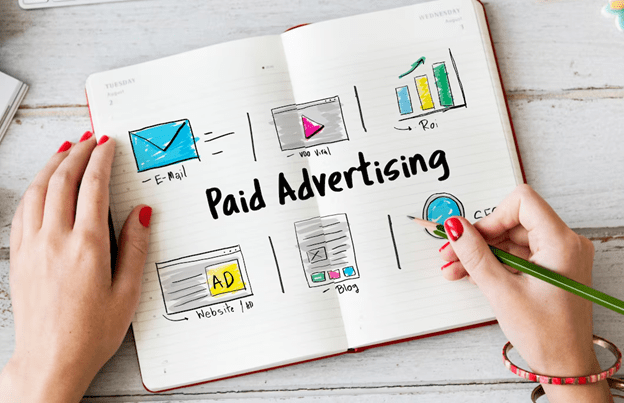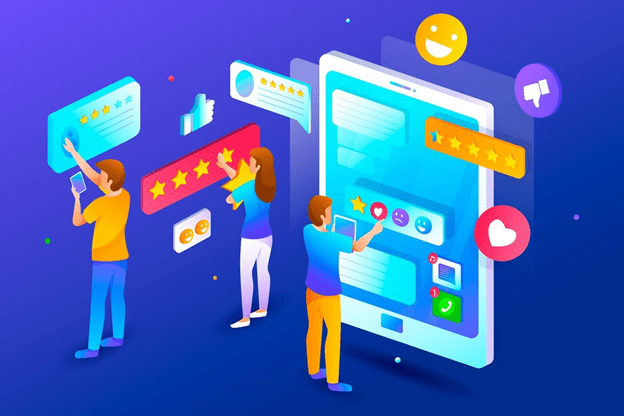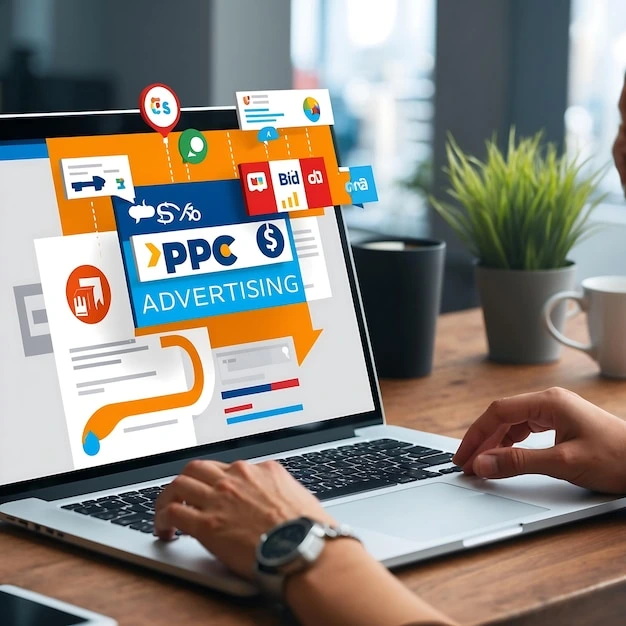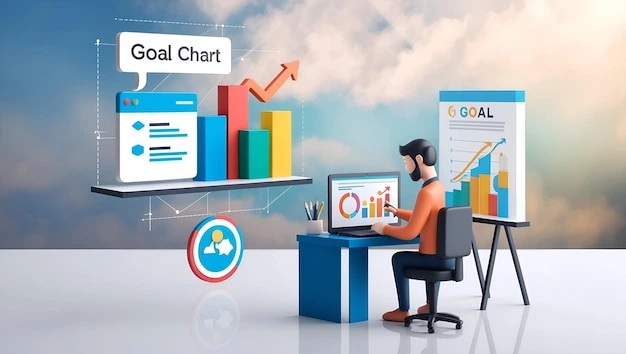Introduction
For more than two decades, pay-per-click (PPC) advertising has been one of the most powerful promotional tools available to digital marketers. It allows advertisers to only pay for their ads when someone clicks on them, ensuring they always maximize their budget.
Whether your ads appear in Google search results, or as display ads on a website, PPC advertising gives marketers a reliable and easy-to-measure way to direct qualified leads to their business websites.
And while it’s clear that many businesses have caught on to the advantages of running PPC campaigns, too few of them appreciate just how drastically their campaigns are improved by the use of tailor-made PPC landing pages. As we’ll see, a well-made PPC landing page has a massive impact on your PPC campaign’s success.
In this article, we’ll teach you how to create a fully optimized PPC landing page so you can generate more leads and sales for your business. We’ll start by looking at why a PPC landing page is needed in the first place, then look at the steps you should follow when building one, and finally check out some examples of top-tier landing pages in action.
But first up, a brief refresher on PPC landing pages…
What is a PPC Landing Page and Why Do You Need One?
A PPC landing page is a purpose-built web page where visitors land after they click on a PPC ad.
Like all landing pages, a PPC landing page has one purpose: to persuade visitors to convert, be it by signing up to a newsletter, registering for an event, or buying a product.
But why bother with the expense of building a landing page just to serve your PPC campaigns? After all, couldn’t a generic web page, like a homepage or product page, do the job just as well?
Building a dedicated PPC landing page takes a little more time and effort than simply directing your paid traffic to one of your pre-existing web pages. But the benefits of building a custom landing page are almost always worth the effort. Here’s why:
Higher Conversion Rates
Dedicated landing pages typically yield much higher conversion rates than generic pages. Based on our research and experience, placing a lead magnet on a custom landing page will generally yield an 8% to 20% conversion rate, compared to just 1% to 3% when placing it on a homepage.
The reason for this is simple. The sole purpose of a dedicated landing page is to expand on whatever message caught the visitor’s interest when they decided to click on the PPC ad. It’s essentially an extension of the ad. Plus, unlike a ‘regular’ web page, a PPC landing page doesn’t include any unrelated distractions (like a navigation bar or links to other content on the site) and is instead laser-focused on getting the visitor to convert.
Pointing your paid traffic to a generic page (or, for that matter, a poorly designed PPC landing page) will jeopardize your campaign by leaking valuable leads. First impressions are everything, and if a potential lead lands on a page that’s clumsy, confusing, or only vaguely related to the ad they clicked on, they’re likely to click away without much hesitation.
Better Google Ads Quality Score
Another major benefit of creating high-quality landing pages for your PPC campaigns is the positive influence it has on your Google Ads Quality Score.
The Quality Score is a metric that indicates how your ad quality compares to that of your competitors for a given keyword. Crucially, the better your Quality Score, the lower your cost-per-click (CPC) will tend to be.
Landing page experience is one of the three factors that Google uses to determine your Quality Score. The more relevant your landing page is to your ad, the better your score will be.
So, to put it simply, an optimized PPC landing page can decrease the fee you pay for each click of your ad, thereby giving you a better return on your ad spend.
How to Create a PPC Landing Page in 4 Simple Steps
Now that you know why PPC landing pages are so important for your paid search campaigns, let’s go over how to actually build one.
Gone are the days when creating an effective, beautifully-designed landing page required a web developer. Today, you have access to sleek, customizable, and easy-to-use landing page builders that let you create top-notch landing pages in no time.
1. Define Your Landing Page Goals
The first step is to figure out what you want your PPC landing page to achieve.
Do you want to encourage visitors to sign up for a webinar? Register for a free trial? Buy a specific product or service? And who exactly is your target audience?
Whatever your desired campaign outcome—be it to generate more leads or convert new customers—make sure you’re crystal clear on what you want visitors to do once they’ve clicked on your ad, as this will determine everything you put on the page.
2. Choose a Landing Page Template
Next, you’ll need to decide which type of landing page will best serve your PPC campaign objectives and then select a landing page template accordingly.
There are three main types of landing pages, each with their own strengths depending on your objectives:
- Squeeze pages: A short landing page designed to capture a visitor’s name and email address.
- Splash pages: An introductory landing page (or full-screen pop-up) that welcomes visitors before they move onto the main content on your site.
- Sales pages: A landing page with the single purpose of convincing your visitors to buy. Depending on how familiar your audience is with your product or service, and what the barriers to purchase are, a sales page could be a few paragraphs long, a long-form persuasion piece, or anything in between.
Once you’ve identified which type of landing page is most appropriate, it’s time to pick a landing page template that you can then customize to suit your needs.
3. Populate Your Page
The next step is to populate your page with messaging and visuals that encourage visitors to take your desired action.
Here are a few tips to help you get started:
- Include an attention-grabbing headline that embodies your unique selling proposition (USP).
- Use eye-catching visuals. Specifically, any images, videos, or iconography that will bring your offer to life.
- Consider where your visitors are in the customer journey and provide the information they need to take action.
- Focus on benefits instead of features. How will your product or service improve their life?
- Identify common objections or reservations that visitors may have about your offer and be sure to address and eliminate these throughout your copy.
- Finish with a strong call to action (CTA) button that tells visitors what to do next.
- Reduce sign-up friction by only requiring a name and email address in your opt-in forms.
4. Time to Launch!
With your landing page copy, visuals, and design finalized, it’s almost time to hit publish. But before you do, don’t forget to optimize your page URL and meta title for the keywords you’re targeting in your ad.
You can find more advice on how to turn your landing page into a bona fide conversion machine by reviewing our ultimate guide to landing pages.
7 PPC Landing Page Best Practices
Now that we’ve covered the basic steps of building a PPC landing page, let’s look at some best practices you should follow to ensure your page is truly optimized for conversions.
1. Match the Messaging Between Your Ad and Landing Page
Make sure that the content on your PPC landing page lives up to the expectations created by your ad. Inconsistent messaging between your ad and landing page will leave visitors feeling confused at best and cheated at worst. There needs to be a strong correspondence between the headline, keywords, and CTA found in your ad and those that appear on your landing page.
2. Cater to Your Target Audience
When deciding what text and visuals to include on your landing page, be sure to speak the language of your target audience. For example, if you’re building a landing page to sell a gaming PC bundle, your PPC ad appearing in Google when users search the keyword “gaming pc bundle 16 ram” should use technical lingo on your landing page that matches your audience’s knowledge level.
3. Reassure Your Audience Through Trust Signals and Social Proof
Customer reviews, visual testimonials, accreditations, trust seals, a “who we’ve worked with” section, and payment assurance are all great examples of trust signals that alleviate any doubts visitors may have about you.
4. Don’t Shy Away from Creating a Sense of Urgency
Highlight the fact that your offer is only available for a limited time. An on-page countdown timer can be very effective at getting visitors to make up their minds quickly.
5. Prioritize Page Speed
Keep your page load speed to a minimum. Users are 32% more likely to leave a page when the load time increases from 1 to 3 seconds. Use tools like Google’s PageSpeed Insights to optimize your page load time.
6. Optimize for Mobile
With smartphones accounting for well over half of all internet traffic, ensure your PPC landing page looks and works just as well on mobile devices as it does on desktop.
7. Be Data-Driven
Keep a close eye on your analytics to identify any areas of potential improvement. Create two different versions of your landing page and perform a split test to see which one performs best. This iterative approach to PPC landing page design is the single best way to optimize for conversions.
Time to Level Up Your PPC Landing Pages!
There’s no doubt that PPC advertising is one of the most effective methods available for finding highly qualified leads for your business. To give your campaigns the ultimate shot at success, you need to embrace the power of PPC landing pages. Our PPC services provide expert guidance in creating and optimizing these landing pages, ensuring they are tailored to convert visitors into customers. Let us help you maximize the effectiveness of your PPC campaigns and achieve impressive results for your business.






